The New Santri: Challenges to Traditional Religious Authority in Indonesia discusses and analyses the construction, contestation, pluralization, fragmentation, and segmentation of religious authority in Indonesian Islam. How this authority was traditionally constructed and now re-constructed? Which religious groups currently have a strong influence in Indonesia? Who are the new actors who can shape the public discourse? How do these actors apply new media outlets such as Facebook, Twitter and Instagram? These are some of the questions, among others, addressed in this book.
The first part of the book discusses the general concept of religious authority and the current contestation of authority. The second part discusses transnational Islamic movements and their role in the transmission of Islamic knowledge and the dynamics of religious authority in Indonesia. The third part of this book discusses recent issues, such as politicization of religious authority and the role of new media in the fragmentation of religious authority.
The New Santri tackles issues drawn from recent episodes. The background of this book mostly comes from the recent dynamics of religiosity in Indonesian Islam: the transformation of Habib Rizieq Shihab from, using his own term “pembasmi hama” (pest eradicator) into “imam besar umat Islam” (highest religious authority in Indonesia Islam), the seemingly declining influence of Muhammadiyah and NU, the coming of transnational movements such as Hizbut Tahrir and Tablighi Jamaat, the rise of low-brow but populist preachers, the emergence of new santri, the humiliations of high-brow ulama like Quraish Shihab, Ahmad Syafi’i Maarif, and Ahmad Mustofa Bisri by laymen or ordinary people.
This is an important and timely volume that addresses the changing nature of Islamic leadership in the world’s most popular Muslim country. This book debunks many (mis)perceptions that Indonesian Islam is monolithic. It also redefines the dominant characterization of Islam by Orientalist scholars, such as santri and abangan Muslims.


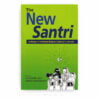
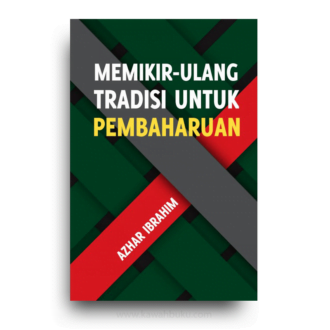
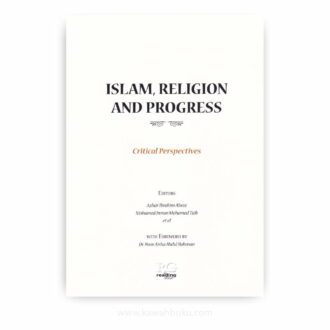

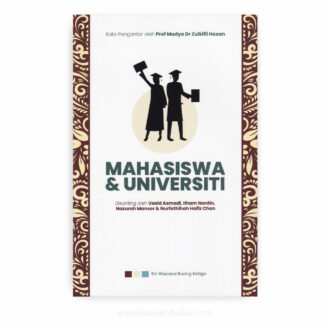

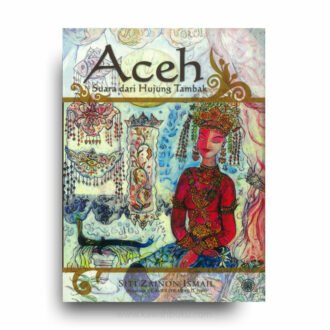
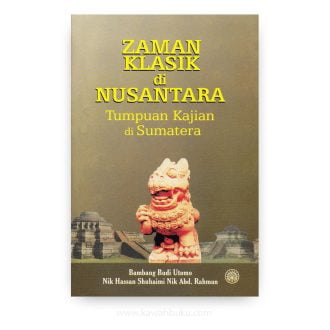

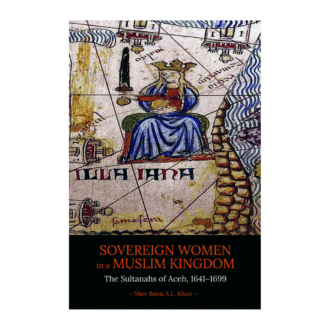

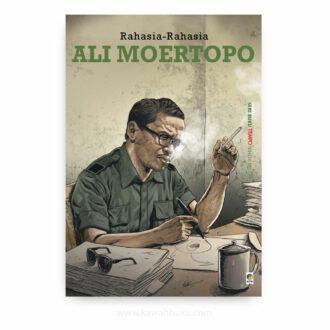
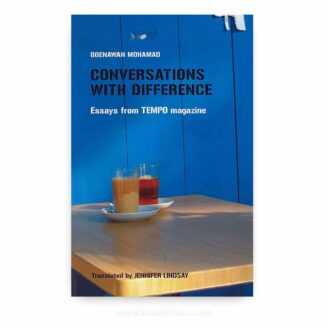
Reviews
There are no reviews yet